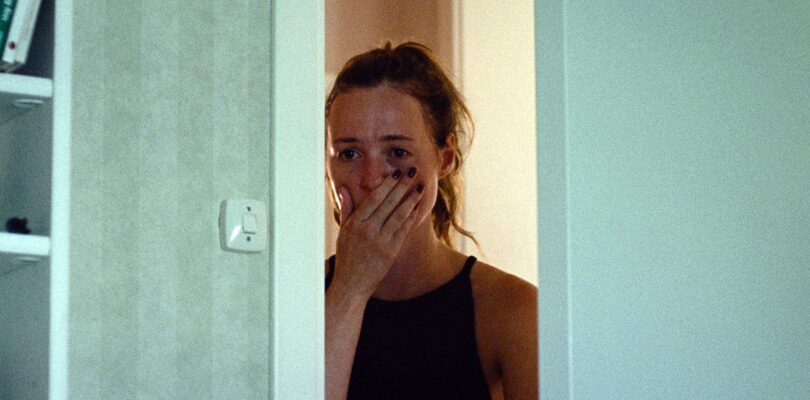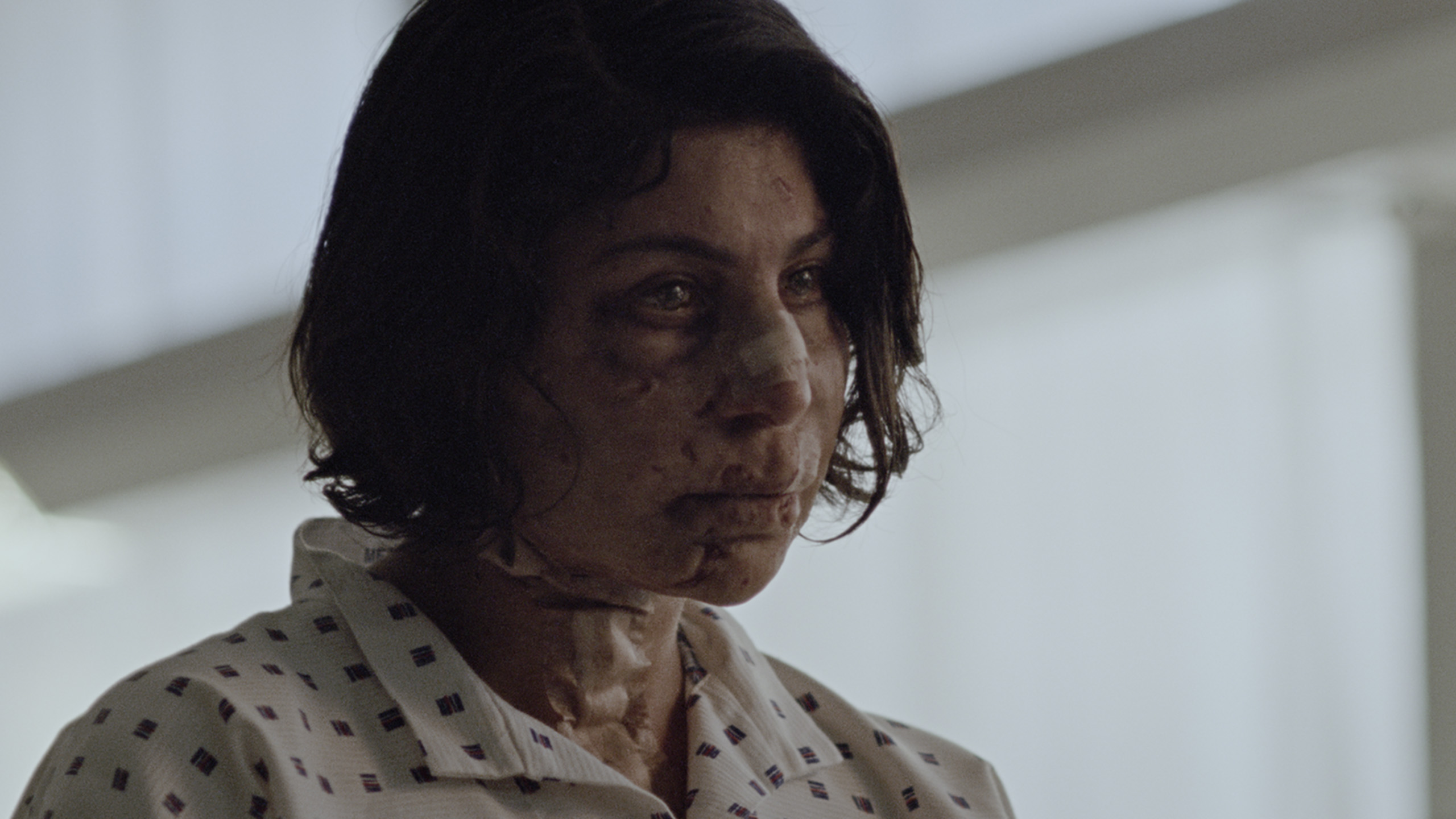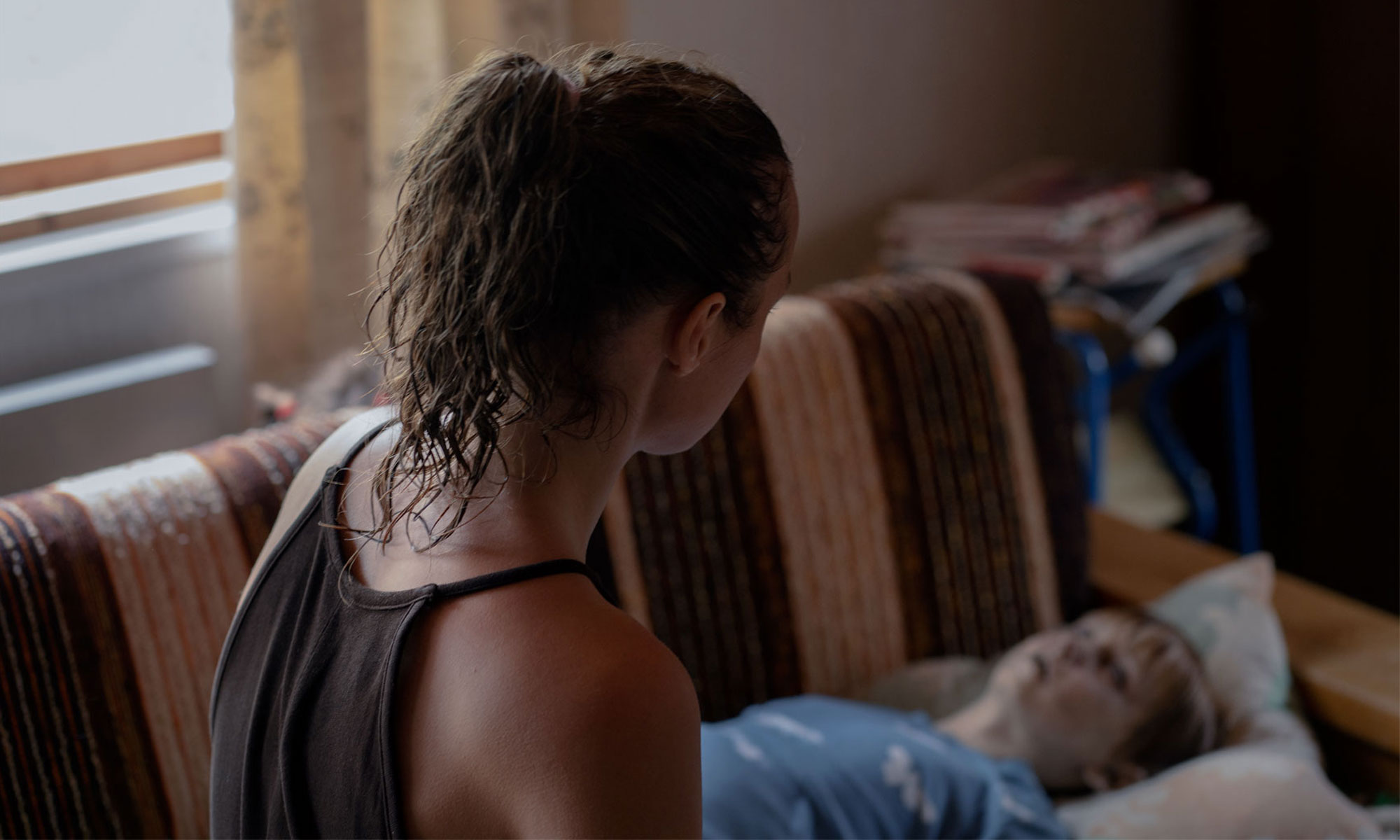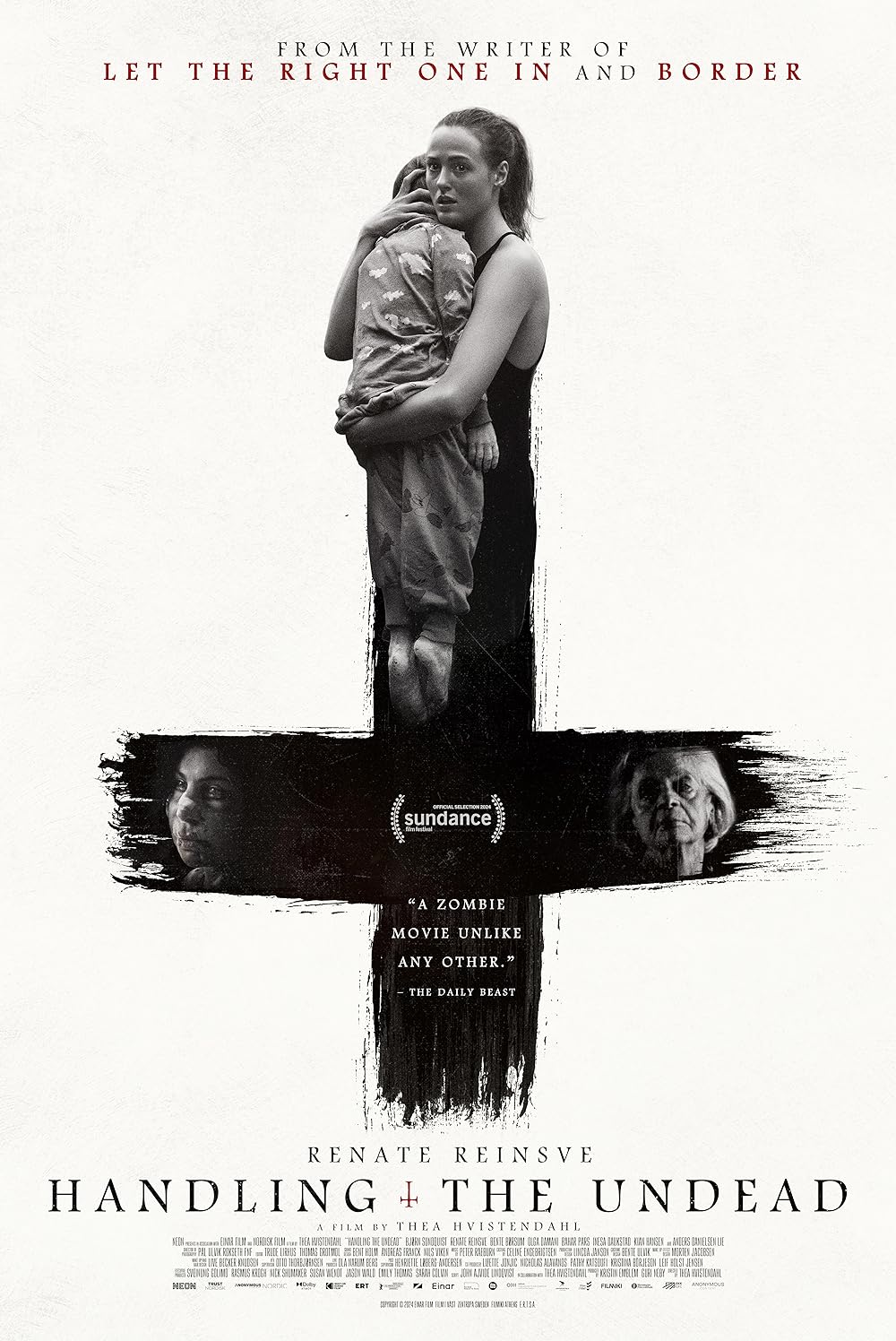While the title of the new film Handling the Undead might present itself as yet another zombie horror fest, that would only partly be correct – which is a good thing. Actually, it’s the best thing.
Director and co-writer Thea Hvistendahl uses the zombie genre not for visceral thrills but for a meditation on grief and letting go. This is a drama through and through. It’s the quiet, reflective story of three different groups of people and how they deal with a supernatural event that gives rise to a myriad of feelings and decisions they will find difficult to navigate. The film is not without it’s understated thrills, but suspense and terror are not on Hvistendahl’s mind.
The movie is based on the novel by John Ajvide Lindqvist, best known for the meditative vampire tale Let the Right One In and the heartbreaking short story that became the acclaimed film Border. He has a gift for taking the horror genre and transforming those stories into studies of the human condition.
Here, we have three stories centered around people who have recently dealt with the death of a loved one.
There’s Anna (Renate Reinsve), a mother whose young son has recently passed. David (Anders Danielsen Lie) and his two teenage children have, just been informed of the deadly accident of a loved one, and Tora (Bente Borsum), who has just buried what appears to be her partner.
When a preternatural event strikes the town recently deceased all suddenly wake up – for better or worse.
The story then focuses on how the people who loved these newly undead humans will deal with having them back in the world. They all can see that’s not right, but they all choose to welcome them into their lives. That unwillingness to let go and confront their grief drives the story forward in all its melancholy glory.
While there are moments of violence and a modicum of suspense, the true focus is on what these people will do to keep their newly living loved ones in their lives. And how long it will take them to realize they need to let them go once again. Whether horrific, tragic, or heartbreaking, all will learn that lesson.
Hvistendahl is a master of mood and takes her time setting the scene, giving us not just a sense of time and space, but also of the characters’ interior lives. There are long stretches where not a word is uttered, but we are constantly aware of how each character is feeling and what their motivations are. There’s a bit of Terrance Malick in her directing, which makes the film all that more effective.
The cast here is excellent, giving us lived-in characters almost as if we’re watching a documentary as opposed to a fictional narrative. Reinsve is the most affecting as we watch her struggle with the aftereffects of losing a child and then her struggle to come to terms with that child’s “rebirth.”
“Handling the Undead” is a fascinating exploration of anguish and the inability to move on. The undead represents the sickness that grows within those who refuse to go on with their lives, and the outcome for each story explores the various outcomes that can engender.
Don’t go into this zombie movie expecting thrills and jump scares. Go in to witness a modern, thoughtful riff on what George Romero started over 50 years ago. His films always brought a deeper meaning to the horrors displayed on screen. In a sense, Hvistendahl continues this tradition by becoming more introspective, infusing her zombie film with deeper meaning and more to say than “Yikes, the undead are scary!”







